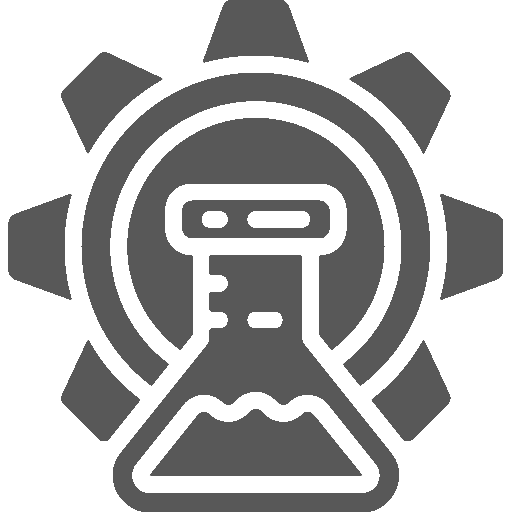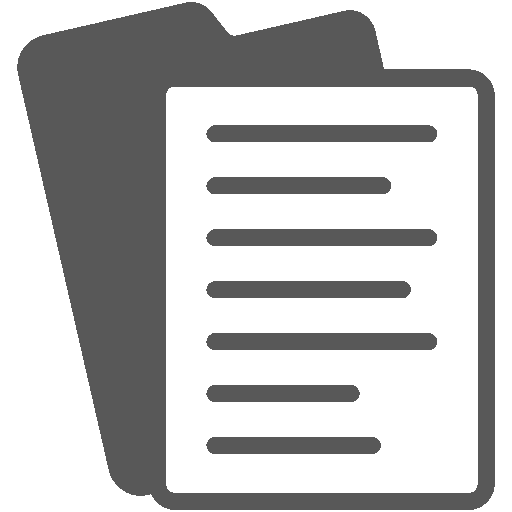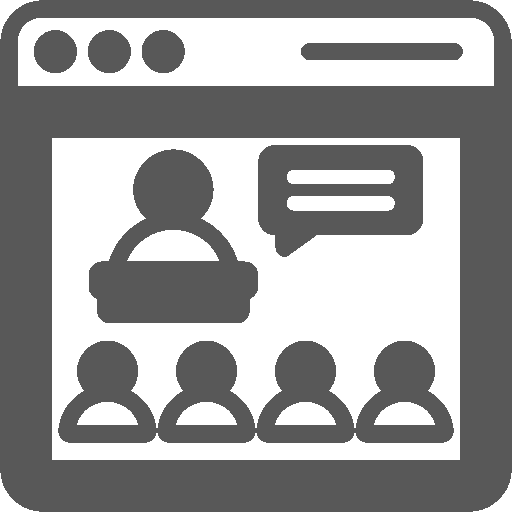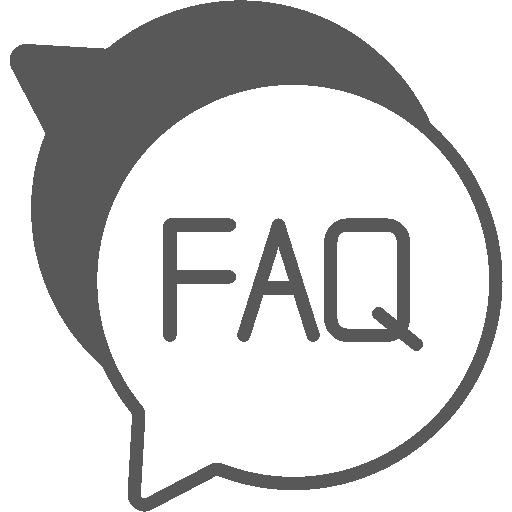
Contents
From Reactive to Predictive: The Transformation of Maintenance Strategies
Maintenance strategies have significantly evolved alongside the changing industrial landscape. Moving from traditional reactive approaches to sophisticated, data-driven models has revolutionized asset maintenance management. Today, condition monitoring and predictive analytics are key technologies driving business efficiency, reducing operational downtime, and optimizing maintenance costs.
Transition from Preventive to Predictive Maintenance
In the past, maintenance was either reactive, addressing issues post-failure, or preventive, scheduled based on estimated equipment lifecycles. Both methods often led to unnecessary maintenance or unscheduled downtime, impacting efficiency and also costs.
The introduction of condition-based monitoring and predictive analytics has shifted this paradigm. Condition monitoring involves continuously or periodically measuring machine parameters like vibration, temperature, and acoustics to assess operational health. This real-time data helps detect potential failures before they cause significant problems.
Condition Monitoring: The Foundation of Predictive Maintenance
Condition monitoring has redefined maintenance across industries. Moving from time-based maintenance to a condition-based approach allows companies to perform maintenance precisely when needed, rather than on preset schedules. By continuously analyzing equipment parameters, condition monitoring provides real-time insights into asset health and performance.
Pre-emptive Failure Detection
One of the most significant benefits of condition monitoring is its ability to predict failures before they occur. Sensors on equipment monitor key performance indicators and generate data that can signal potential issues. Identifying and addressing these issues early prevents unplanned outages and reduces downtime.
Maintenance Resources Allocation
Condition monitoring helps prioritize daily maintenance tasks, maximizing resource efficiency. Maintenance can be scheduled based on the actual condition of equipment rather than fixed intervals, allowing for better planning and resource allocation.
Increased Equipment Reliability and Availability
By preventing failures and ensuring optimal operation, condition monitoring enhances equipment reliability and availability. This reliability is crucial for industries where downtime can cause significant operational and financial losses. Reliable equipment supports consistent production rates, maintains quality standards, and ensures timely deliveries.
Improved Operational Efficiency
Condition monitoring minimizes unexpected interruptions and reduces downtime frequency and duration, contributing to overall operational efficiency. Well-maintained equipment operates more efficiently, often consuming less energy and lowering operational costs.
Enhanced Safety
Early detection of malfunctions through condition monitoring decreases the risk of accidents and injuries, protecting employees and helping companies comply with safety regulations. This reduces the risk of legal issues and reputational damage.
Predictive Analytics: Forecasting Equipment Health
Predictive analytics builds on condition monitoring, using advanced data analysis techniques like machine learning and artificial intelligence to forecast equipment failures. By analyzing historical and real-time data, predictive analytics detects patterns and anomalies that indicate potential issues.
Comprehensive Data Collection and Integration
Effective predictive analytics starts with comprehensive data collection from various sources, including sensors, operation logs, and maintenance records. Integrating these data sources provides a holistic view of equipment health and performance.
Data Cleaning and Preprocessing
After data collection, the next step is cleaning and preprocessing to ensure accuracy. Removing inaccuracies, filling missing values, and correcting inconsistencies are crucial for reliable predictive models.
Feature Engineering to Extract Relevant Information
Feature engineering involves extracting key information from raw data to improve model accuracy. Identifying relevant data and transforming it into usable formats is essential for effective predictive modelling.
Model Development and Training
Developing and training predictive models using statistical and machine learning techniques is a critical phase. Models are trained on historical data to recognize patterns and anomalies, with iterative adjustments to refine accuracy and reliability.
Predictive Modeling to Forecast Equipment Health
Trained models forecast equipment health and remaining useful life, allowing maintenance teams to schedule interventions proactively. This optimizes maintenance windows and resource allocation.
The Future of Maintenance: A Data-Driven Landscape
The future of maintenance is poised to become even more sophisticated with advancements in digital twin technology and augmented reality (AR). Digital twins, virtual replicas of physical assets, enable detailed simulations and analyses, enhancing predictive accuracy. AR overlays digital information onto physical equipment, guiding technicians during inspections and repairs with real-time data and analytics.
These technologies will further integrate the virtual and physical worlds, providing a holistic view of asset health and maintenance needs. This integrated approach will streamline maintenance processes, enhance decision-making, and lead to more sustainable and efficient operations.












 White Papers
White Papers Case Study
Case Study Documents
Documents Webinars
Webinars Events
Events ROI Calculator
ROI Calculator FAQ
FAQ